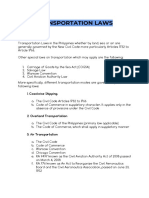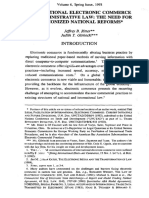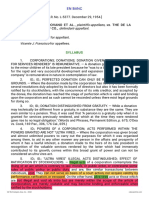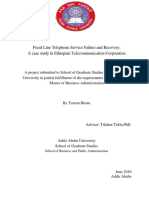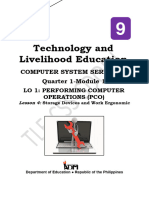0% found this document useful (0 votes)
131 views8 pagesCommunication and Internet Technologies Form 3
Mobile technology refers to portable devices like smartphones, tablets, and laptops that allow users to access the internet and perform tasks away from fixed locations. It employs wireless networks to transmit data between devices and cellular towers, allowing for communication features like calls, texts, and apps. Mobile technology has evolved rapidly from basic calling and messaging to multi-functional devices with capabilities like GPS, gaming, browsing, and more. It is becoming increasingly prevalent with over 3 billion smartphone users globally and mobile networks connecting various internet-enabled devices anywhere.
Uploaded by
Mapiye GabrielCopyright
© © All Rights Reserved
We take content rights seriously. If you suspect this is your content, claim it here.
Available Formats
Download as DOCX, PDF, TXT or read online on Scribd
0% found this document useful (0 votes)
131 views8 pagesCommunication and Internet Technologies Form 3
Mobile technology refers to portable devices like smartphones, tablets, and laptops that allow users to access the internet and perform tasks away from fixed locations. It employs wireless networks to transmit data between devices and cellular towers, allowing for communication features like calls, texts, and apps. Mobile technology has evolved rapidly from basic calling and messaging to multi-functional devices with capabilities like GPS, gaming, browsing, and more. It is becoming increasingly prevalent with over 3 billion smartphone users globally and mobile networks connecting various internet-enabled devices anywhere.
Uploaded by
Mapiye GabrielCopyright
© © All Rights Reserved
We take content rights seriously. If you suspect this is your content, claim it here.
Available Formats
Download as DOCX, PDF, TXT or read online on Scribd
/ 8








